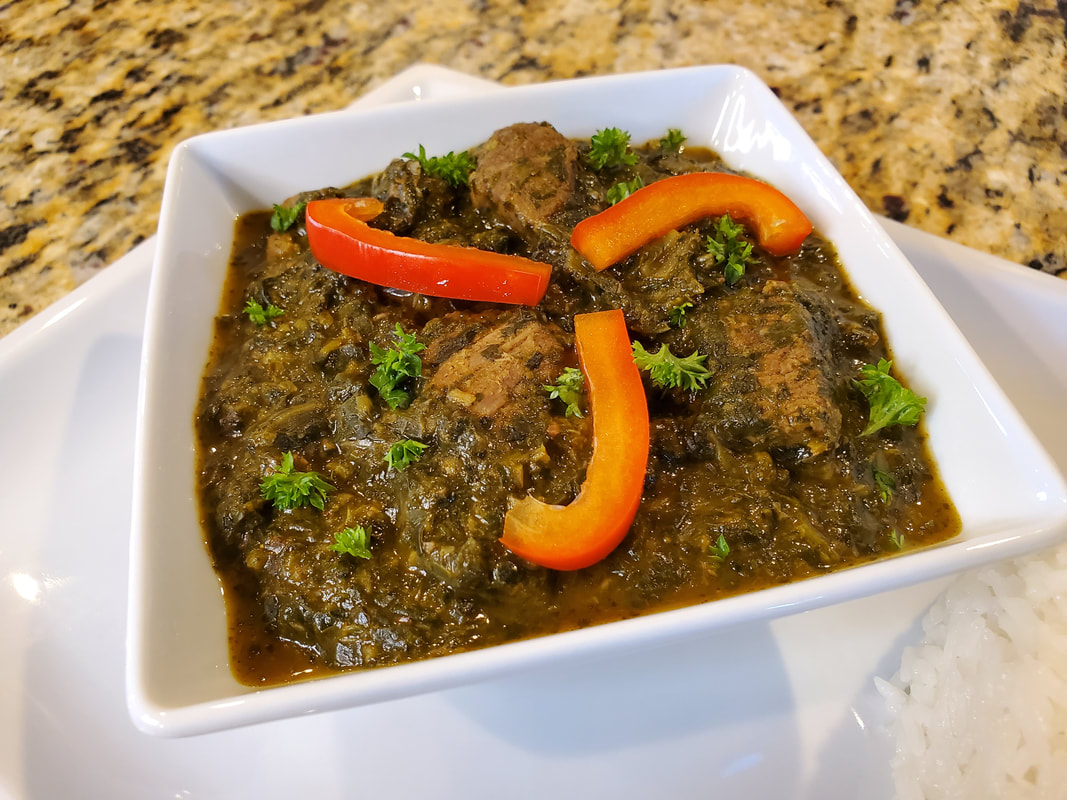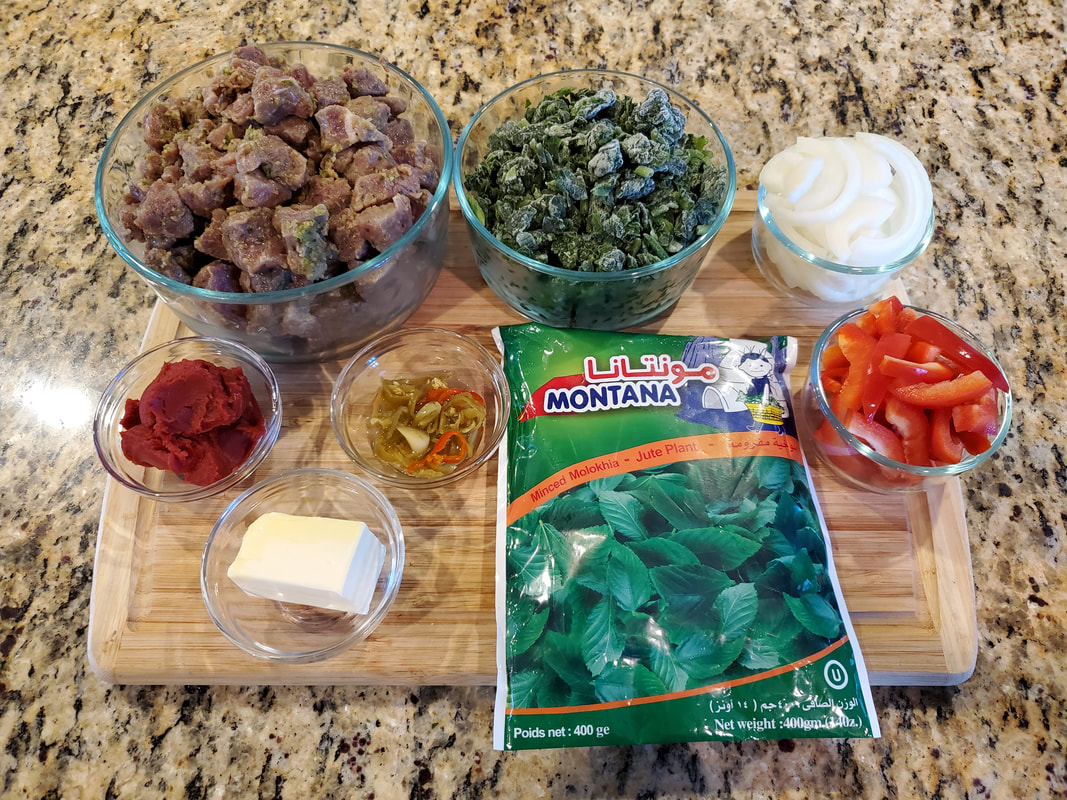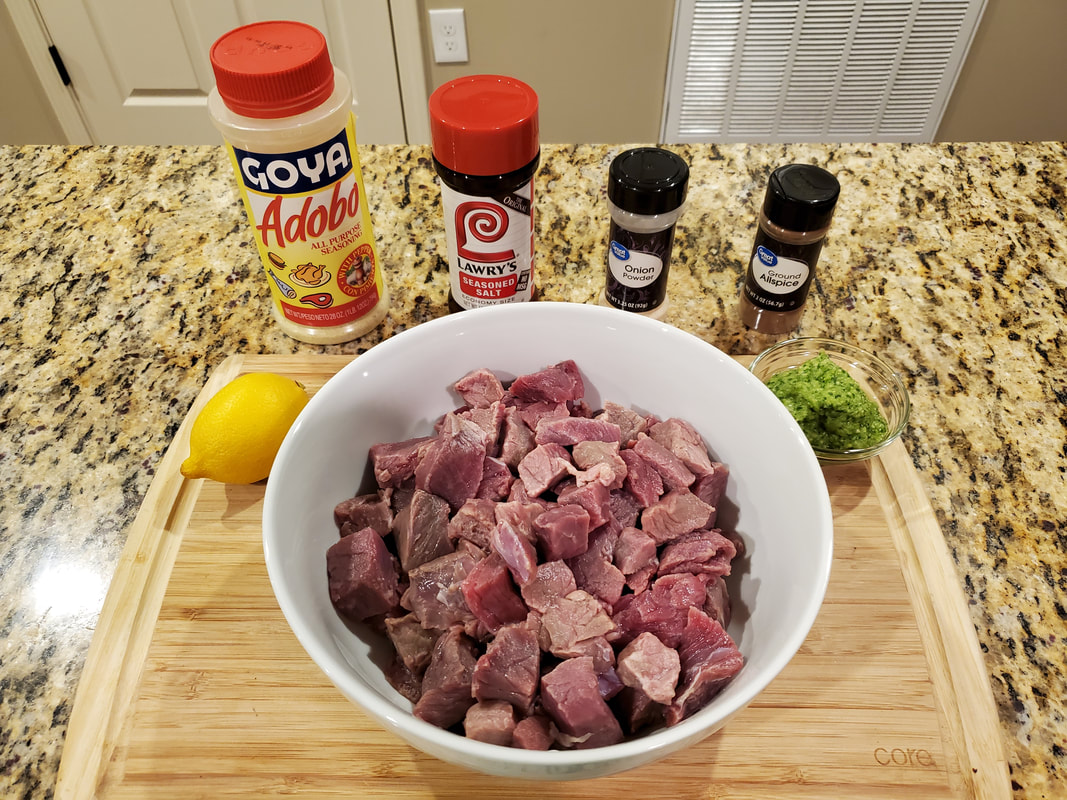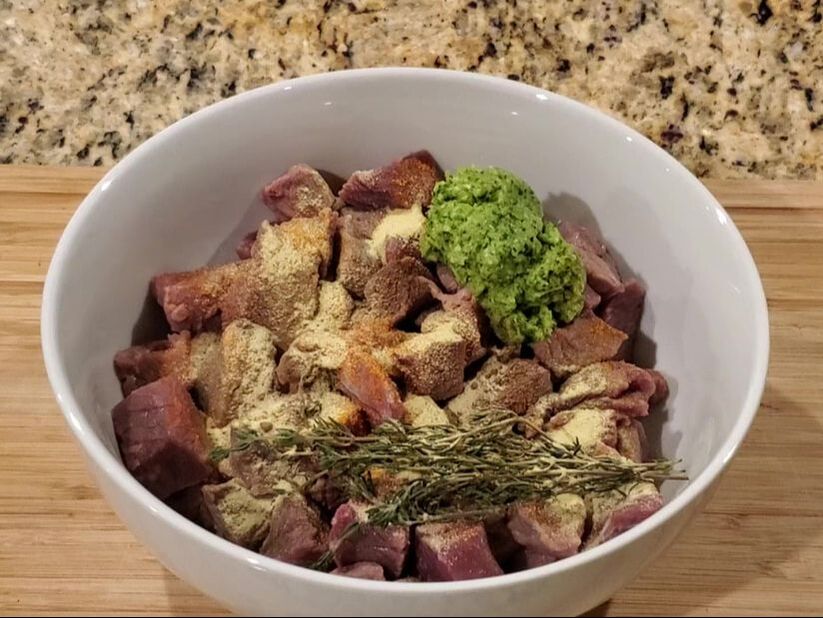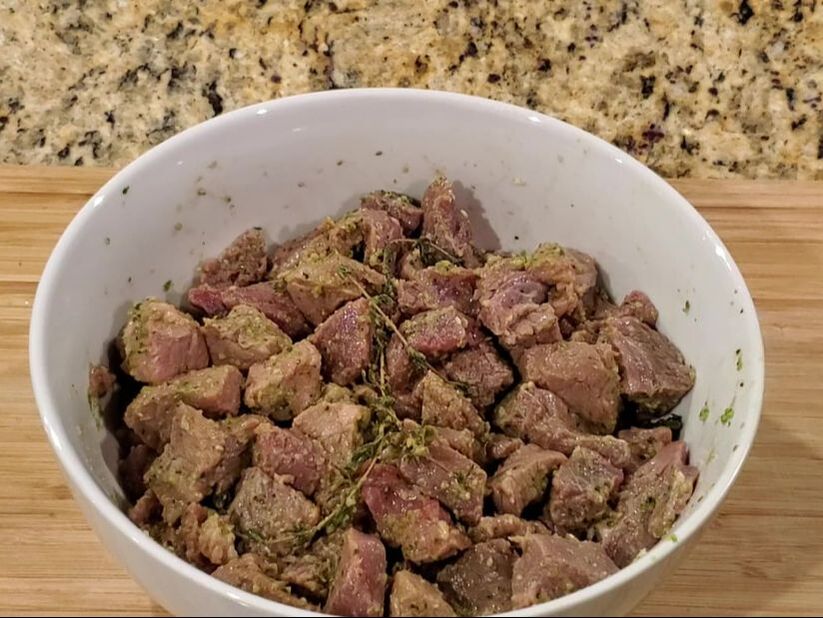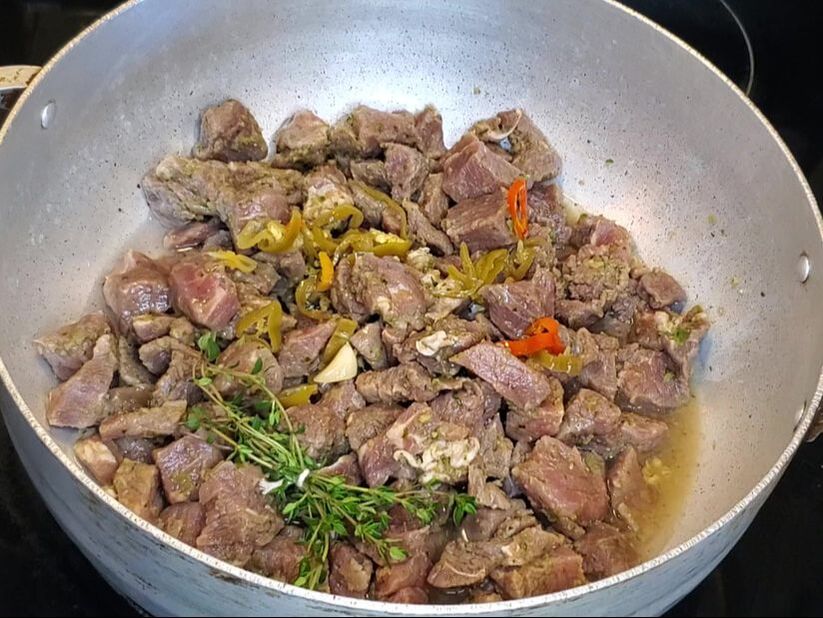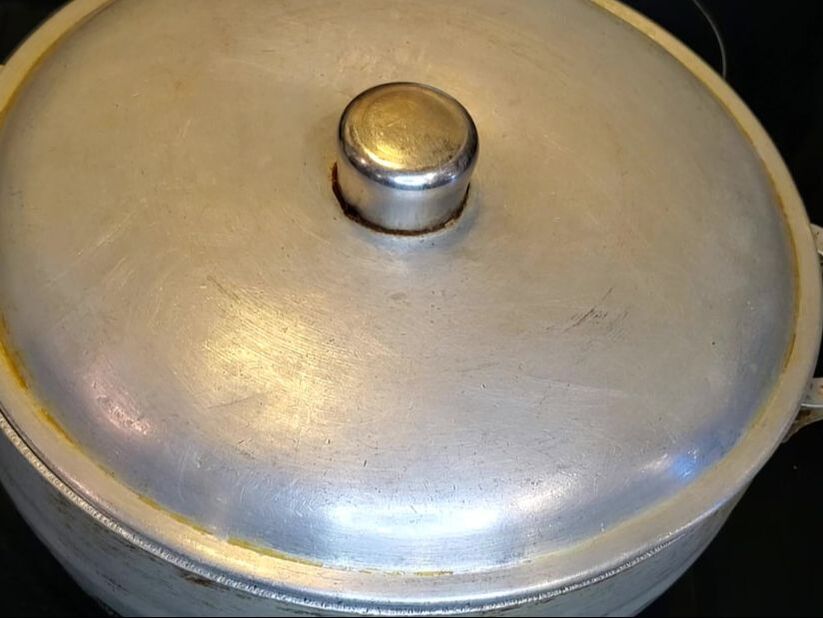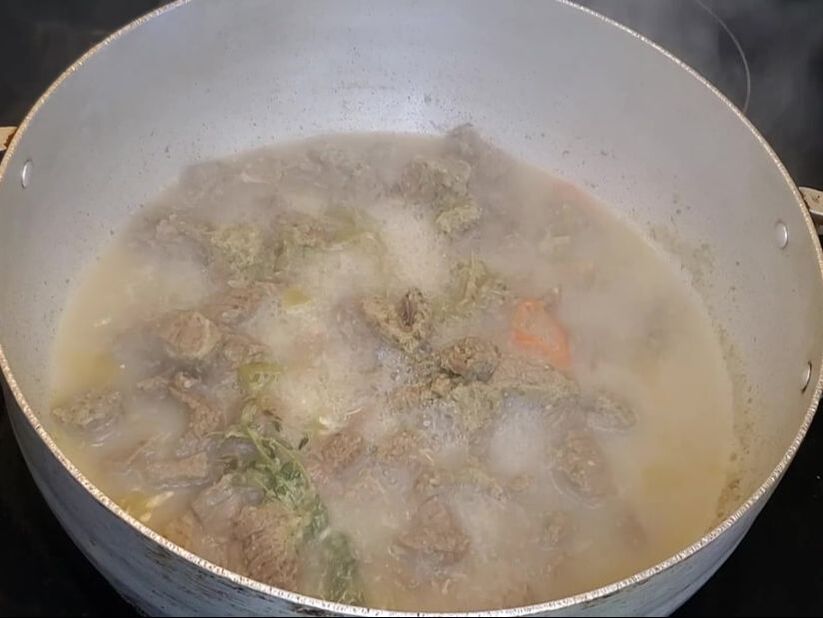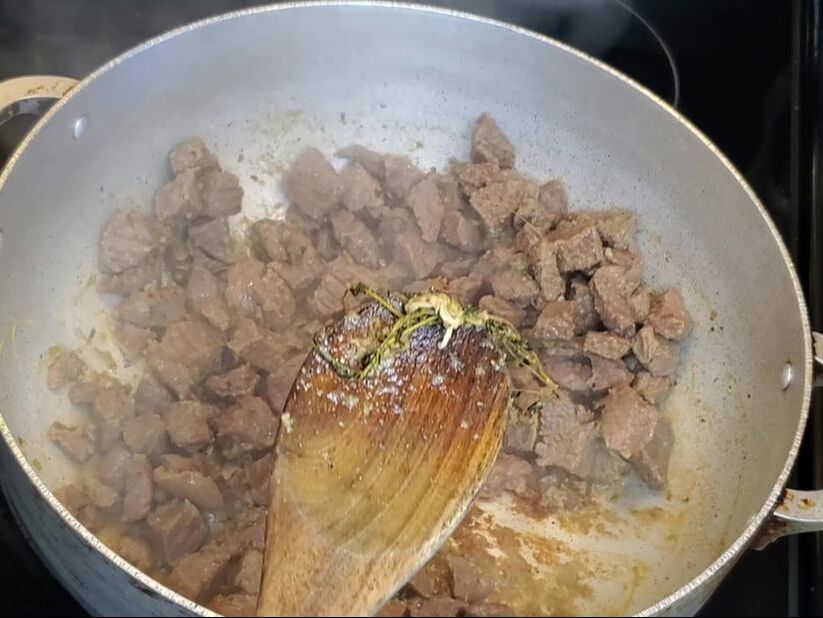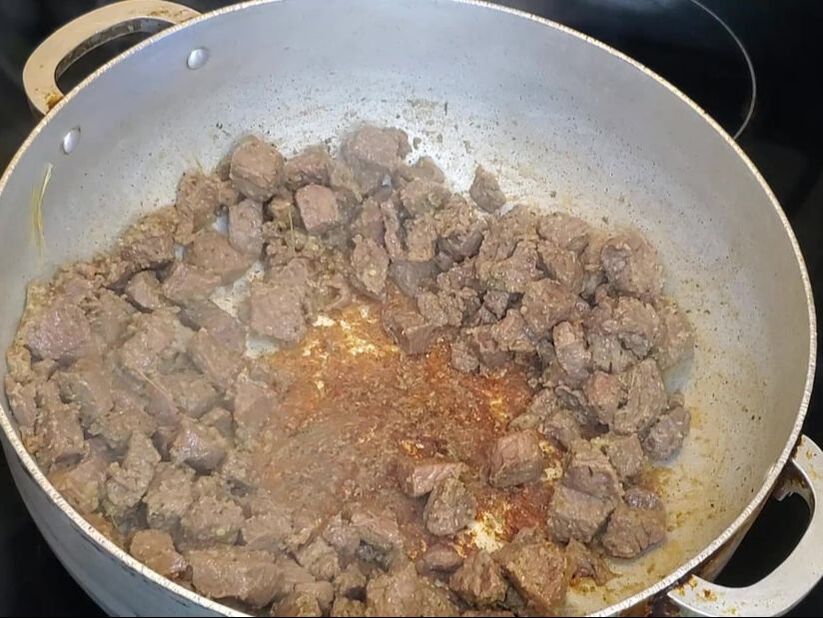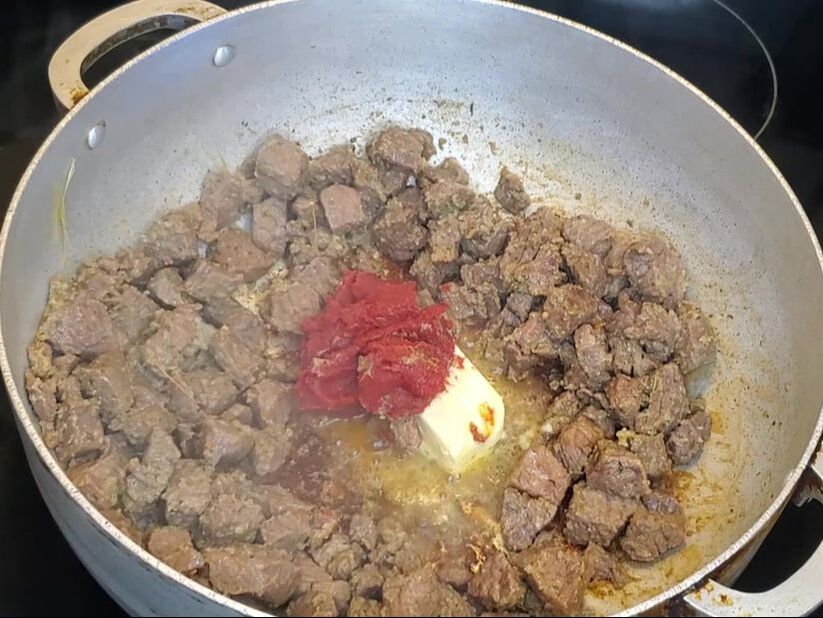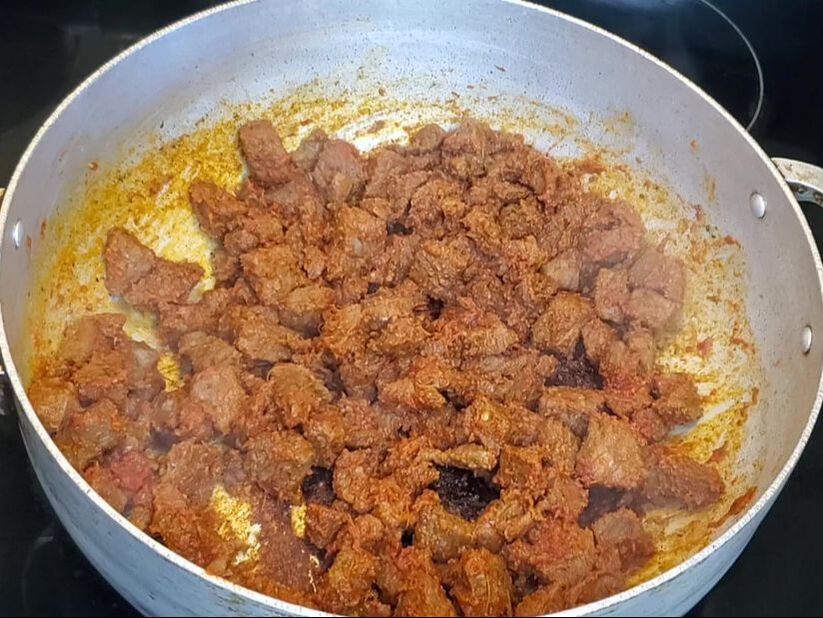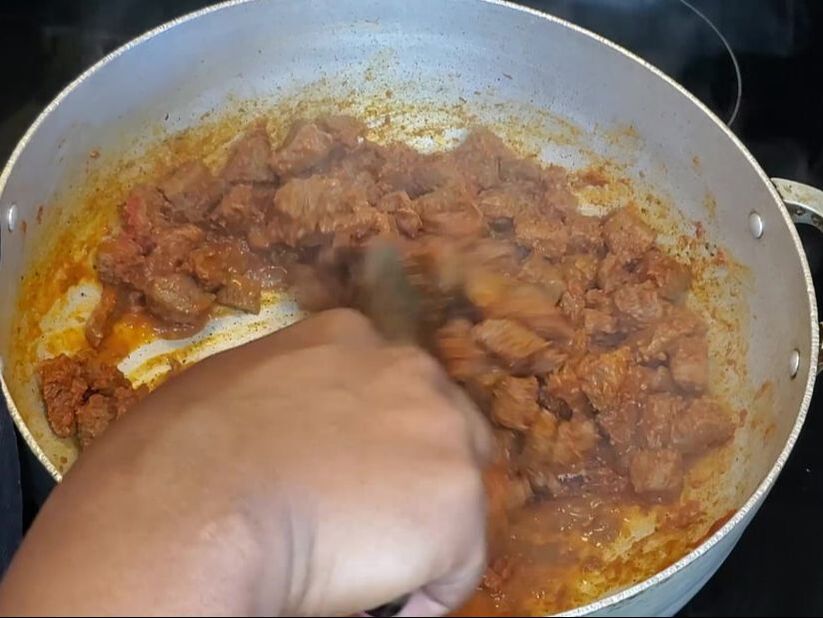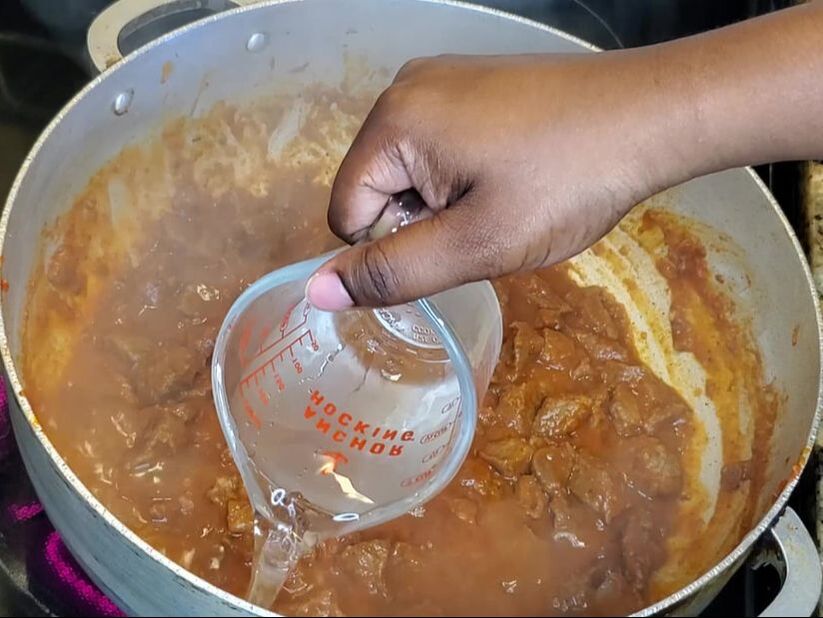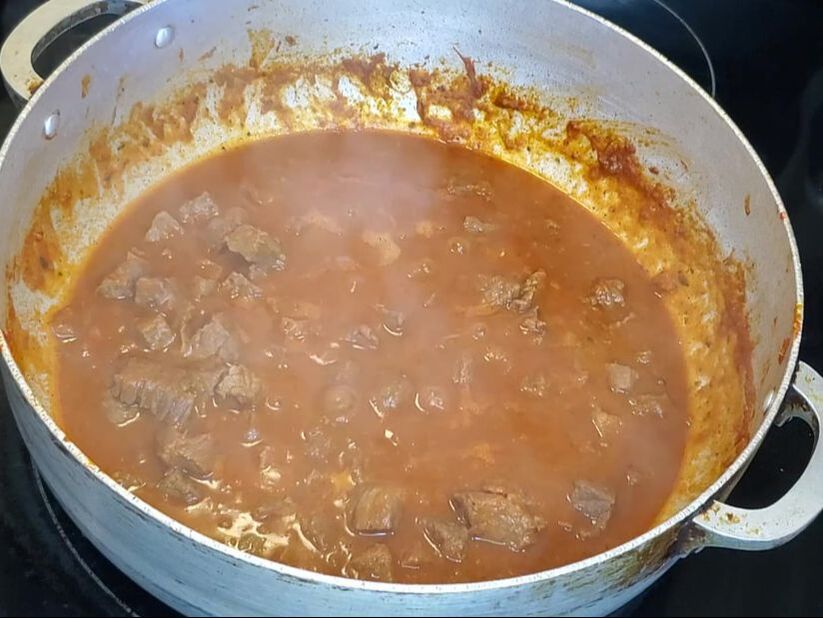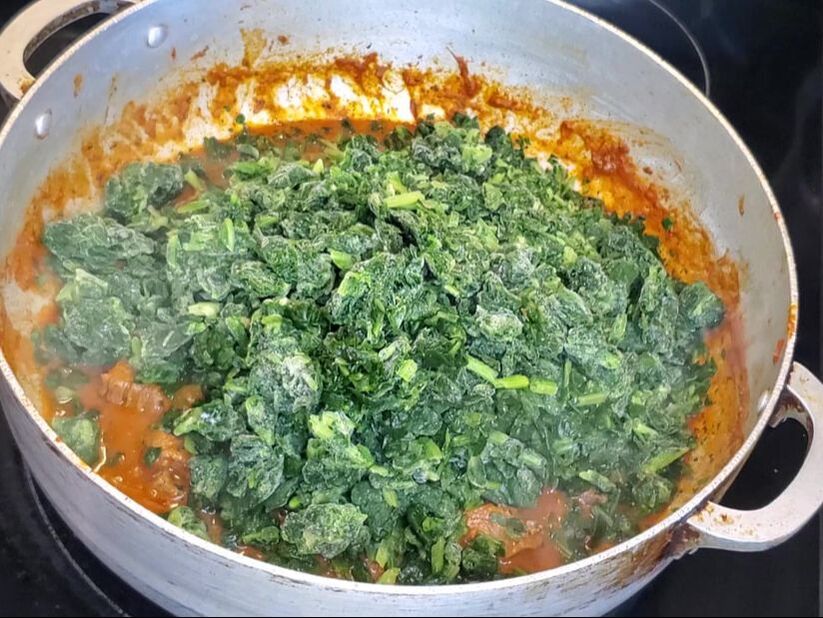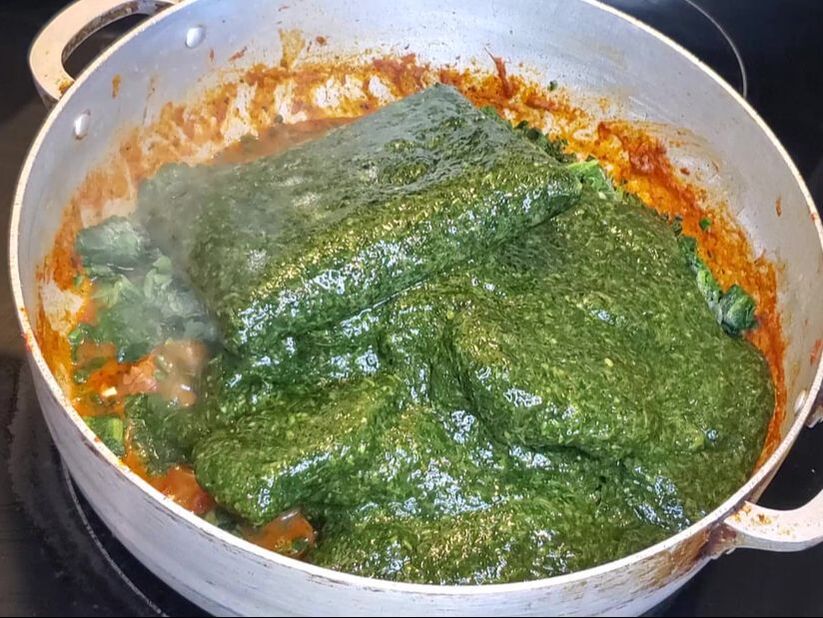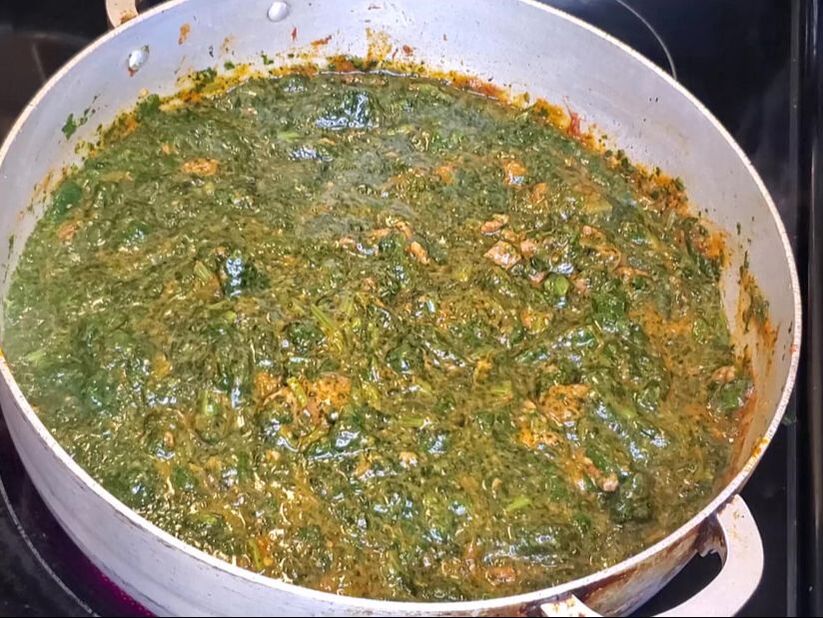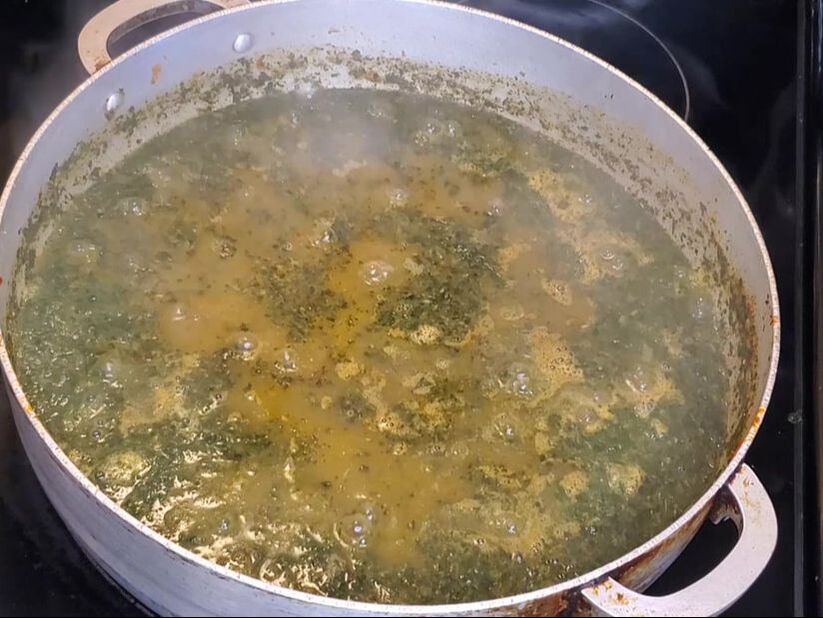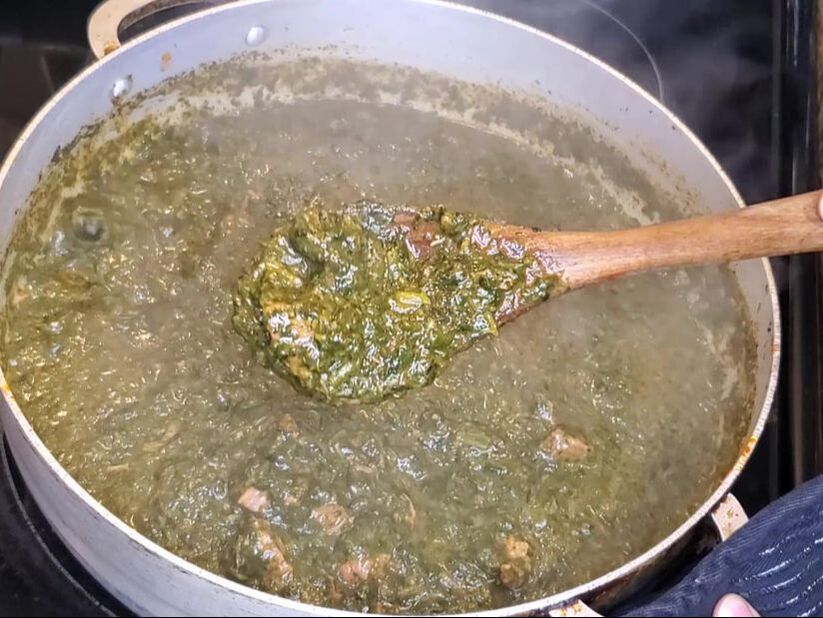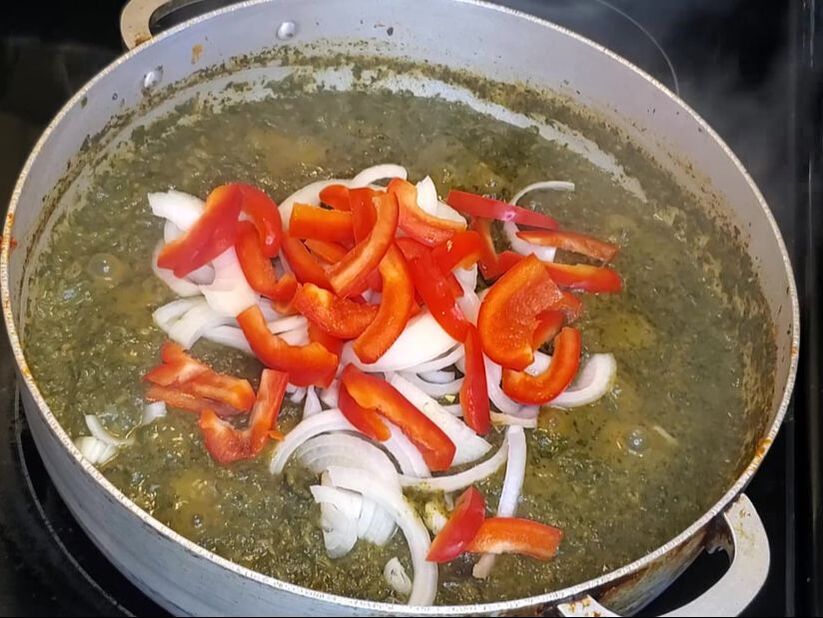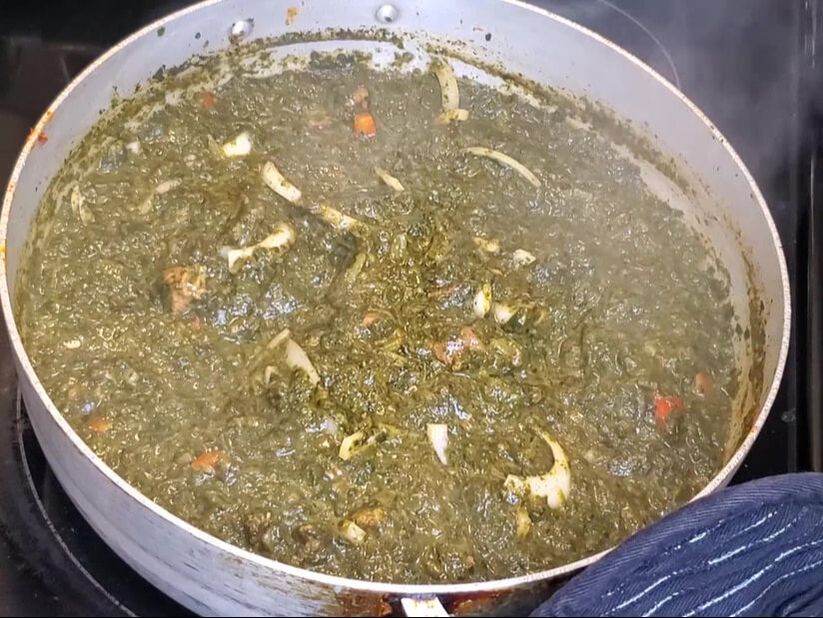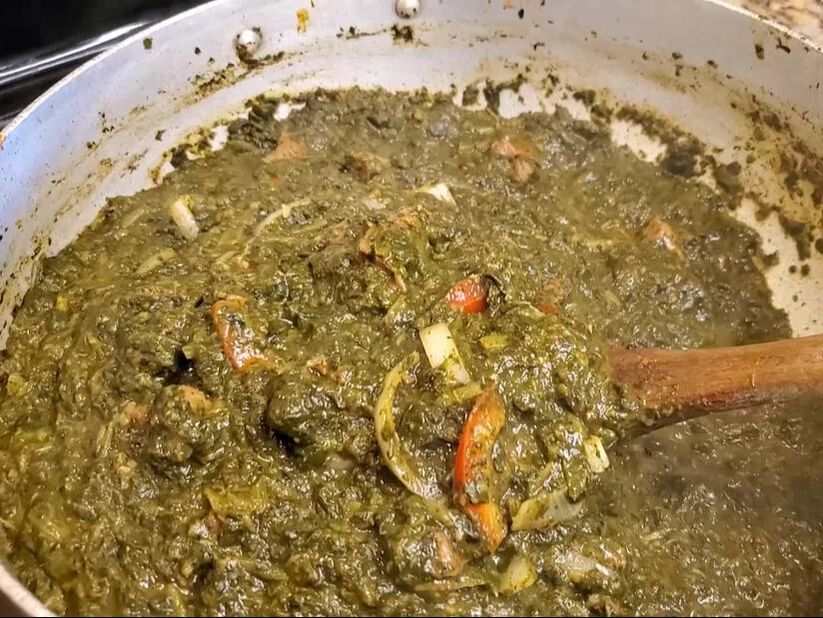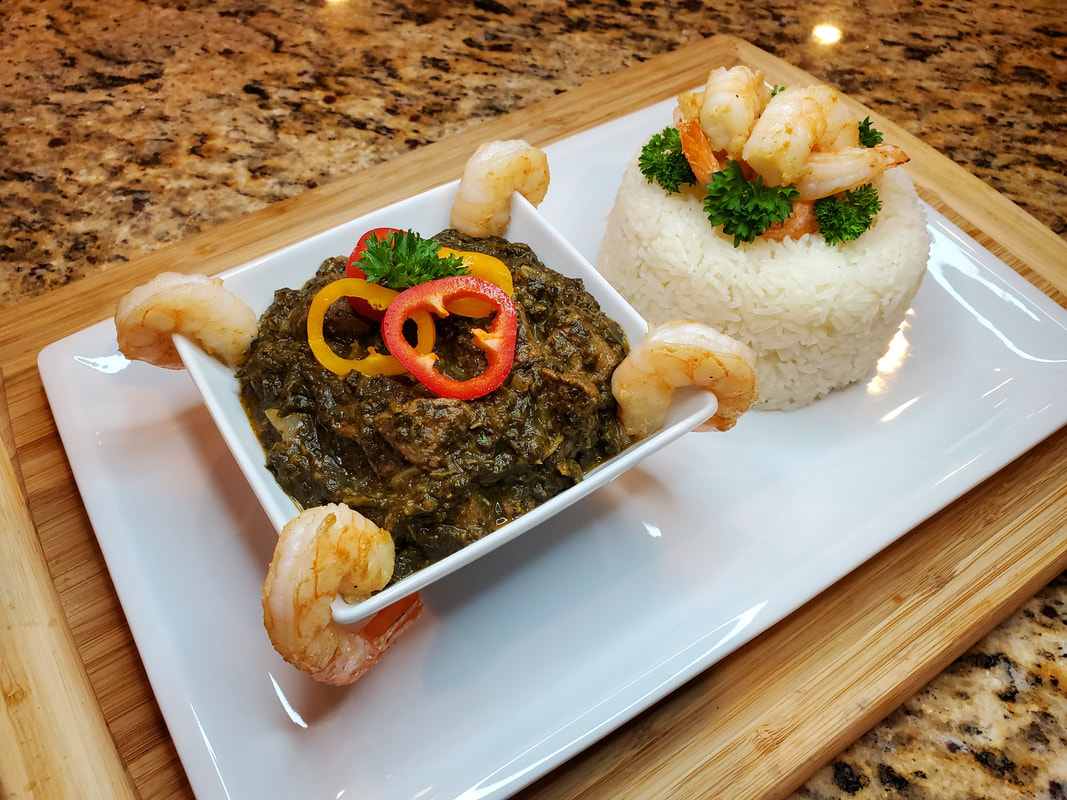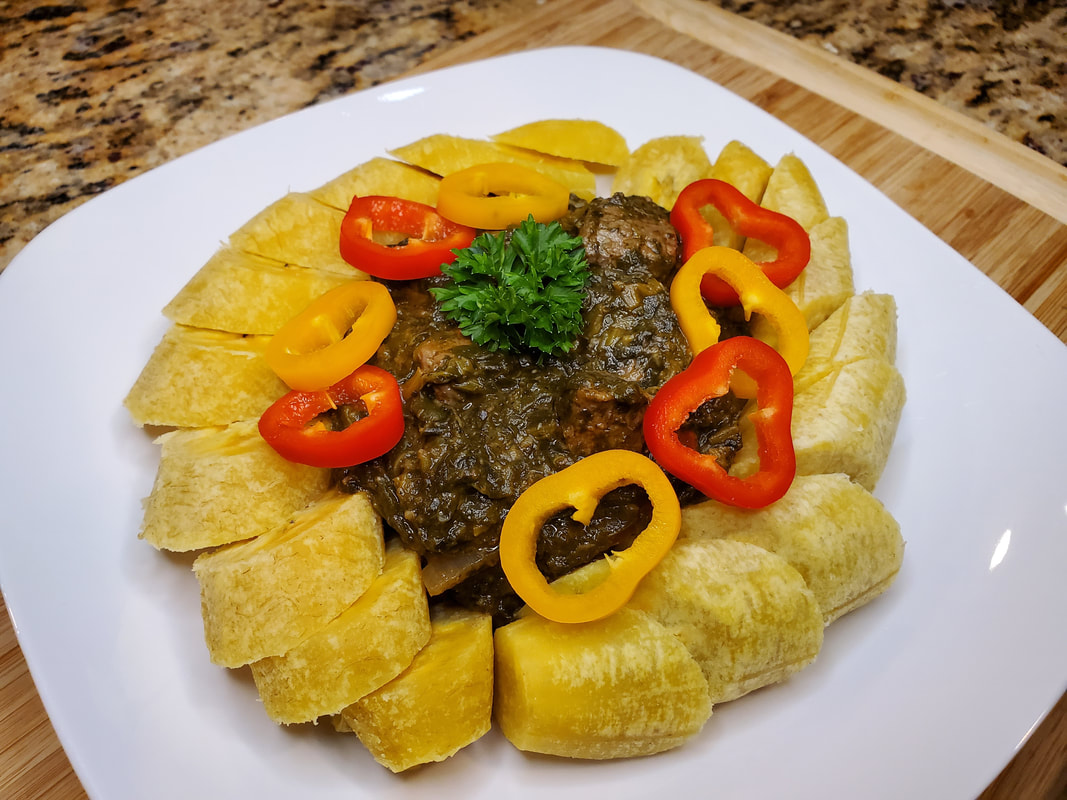Lalo
|
A couple things I want to point out:
-In my personal variation of this recipe, I use beef. Not only that, a lot of oil is generally used in preparing this dish but I've decided to complete omit it and substitute for butter instead.
-You don't have to use beef. You can use any meat or poultry of your choice and adjust the seasonings to your preference.
-You can make it completely vegetarian. Since most of the flavor comes from seasoning the meat, you will just have to season the lalo and spinach directly.
-You can also add seafood such as shellfish. If you decide to mix in shrimp, I personally like to cook the shrimp separate then mix it in at the end once the lalo is done so that the shrimp won't overcook.
-All in all, do whatever works best for you!
You can use this recipe as a guide and tailor it to fit your preference if desired. Either way, I hope you give it a try because it sure is delicious!
-In my personal variation of this recipe, I use beef. Not only that, a lot of oil is generally used in preparing this dish but I've decided to complete omit it and substitute for butter instead.
-You don't have to use beef. You can use any meat or poultry of your choice and adjust the seasonings to your preference.
-You can make it completely vegetarian. Since most of the flavor comes from seasoning the meat, you will just have to season the lalo and spinach directly.
-You can also add seafood such as shellfish. If you decide to mix in shrimp, I personally like to cook the shrimp separate then mix it in at the end once the lalo is done so that the shrimp won't overcook.
-All in all, do whatever works best for you!
You can use this recipe as a guide and tailor it to fit your preference if desired. Either way, I hope you give it a try because it sure is delicious!
Ingredients:
Directions:
1. Clean your meat. You may use the guide found on "Cleaning Meat" page for assistance. To the cleaned meat, add in 2 tsp. Adobo, 1 tsp. seasoned salt, 1 tsp. onion powder, 1/2 tsp. ground all spice (or ground cloves), 3 tbsps epis, and the juice of 1 lemon (or lime). Mix the ingredients together and allow the meat to marinate for a minimum of 1 hour in the refrigerator. For best flavor, marinate overnight.
2. Place the marinated meat in a large pot. Add a few springs of fresh thyme tied together with cooking twin (or you may use 1 tsp. of dried thyme). Add in about 2 tbsps. of Piman Bouk (or 1 habenero pepper) if some heat is desired. Lastly, add in 1 cup of water. Cover the pot with it's lid and allow the meat to come to a boil on high heat.
4. Once the liquid is nearly dry, remove the thyme stems. Mix the meat well and form a well in the center. Add in the butter and tomato paste. Mix thoroughly with the meat and allow it to saute for a couple minutes taking care for it not to burn.
5. Add in a little bit of water at a time, mixing thoroughly each time, until 1 cup of water is added.
6. Add in about 1/2 cup of water and mix well. It will resemble a slightly thickened stew.
7. Next, add in 2-3 pkgs of frozen chopped spinach and 3 pkgs of frozen jute leaves that have been defrosted. Mix all the ingredients well to fully incorporate.
8. Cover the pot with it's lid and allow it to heat through completely or until no more frozen chunks can be found, stirring intermittently. (If you like the addition of shellfish like crab legs, this is the time to add it in.) Sample the lalo and add any additional salt and/or Adobo Goya to taste. (The seasonings I used in the meat was enough to season the entire pot of lalo and I didn't need to add anything extra for me.) Then, cook for about 30-40 minutes or until the majority of the liquid dries (again, stirring intermittently) to your desired consistency.
10. Now that the lalo is pretty much cooked, finally add in your sliced onions and bell peppers (I like to use red for a pop of color). Mix well and let cook covered for an additional 5 - 10 minutes.
Enjoy with a side of white rice, boiled plantain, or anything else you desire. Think of it as a substitute for "Legume".
Watch video demonstration below:
Posted June 22nd, 2020
What do you usually like in your Lalo? What are your thoughts on this recipe?
Let me know and comment below!
Let me know and comment below!

